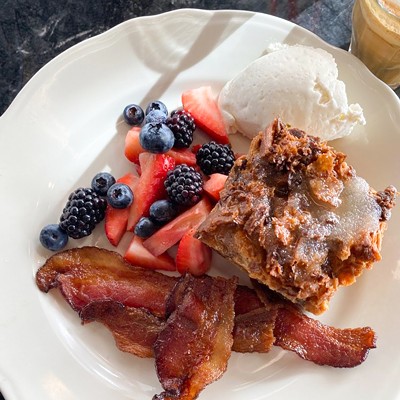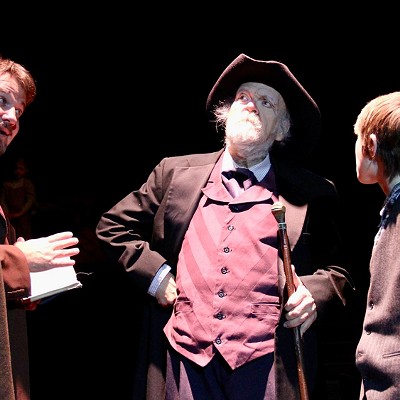Initially discussed in 1996 as part of the Interstate 40 crosstown relocation, the would-be boulevard could take shape as a landscaped, four-lane, tree-lined gateway into and out of the downtown area, if city officials have their way.
Oklahoma City Council recommended to ODOT — the agency responsible for the project — a boulevard option that begins at Pennsylvania Avenue on the west, moving east into downtown and ending near Lincoln Boulevard.
At both ends, the boulevard will connect with I-40 on- and off-ramps. The boulevard would sit at ground level with only one elevating bridge, crossing Western Avenue.
The council’s recommended route would incorporate street-side parking and wind its way between the MAPS 3-funded convention center on the north and the downtown public park to the south. In addition, the route would allow motorists to turn north or south on downtown arterials to reach event destinations such as the Civic Center Music Hall and the Oklahoma City Museum of Art.
The boulevard is slated to follow the path of the old I-40, said Eric Wenger, city public works director.
Second choice
A second choice favored by some involves the construction of the boulevard’s east and west sections with traffic dispersing onto existing streets: at Western Avenue on the west end and E.K. Gaylord on the east.
Ward 2 Councilman Ed Shadid is among its proponents.
“Dispersing through the grid would support commercial and retail development over a much wider area, as there would be more traffic dispersed on more streets,” he wrote on his Facebook page following the meeting. “By trying to funnel traffic to one high-speed corridor in which cars cannot exit to reach potential development along the boulevard, one impedes economic development as well as forgoes the creation of walkable destinations and placemaking that might otherwise be possible.”

Speed limits in the boulevard’s center — most notably from Western to Oklahoma avenues — are projected to be 25 mph, with increasing speeds at the west and east ends connecting to interstates 40 and 35.
“It’s important people know this is not a highway. It will be a city street. There will be intersections that people will have to stop at,” Wenger said.
ODOT engineers will examine the four options, prepare a preliminary report and then conduct a second public meeting within the next two to three months. Agency officials said federal highway authorities have granted permission to begin construction on the boulevard’s interstate connections. Some of that work could begin this year and continue into 2014.
“We are having good conversation again [about the boulevard],” Wenger said. “Great questions are being asked. Our goal, and it always has been, is to build the best boulevard that serves the community.”
Also under review
Wenger said the city’s preferred route would serve a twofold purpose: It would allow for new commercial development on existing right-of-way property once used for the old I-40 and re-establish access in and out of downtown.
“It needs to move traffic, be pedestrian- and bike-friendly, and relieve pressure from Western and E.K. Gaylord,” he said.
Currently, I-40’s access points into downtown are limited to E.K. Gaylord, Robinson Avenue and Western Avenue. Several downtown access points, including Hudson Avenue, Harvey Avenue and Lincoln Boulevard, were eliminated with construction of the new crosstown.
Two other options are under review, but city officials have said those incorporate a bridge more than 2,000 feet long that passes over Western, Classen Boulevard, Reno and Shartel. In those instances, area merchants have complained that such a bridge would force motorists to bypass their businesses.
Along with federal highway officials, ODOT will make the final decision.
Hey! Read This:
- After lengthy debate, OKC city council approves a controversial plan for a downtown boulevard
- Bob Kemper guest commentary: Boulevard of broken dreams?
- OKC leaders are undecided about where to put a Bricktown entrance on a planned boulevard downtown
- With a weak public transit system, city officials consider controversial changes to get it back on track
- This boulevard is on a diet
- Boulevard planned to replace Crosstown bridge, but its design, funding are uncertain











